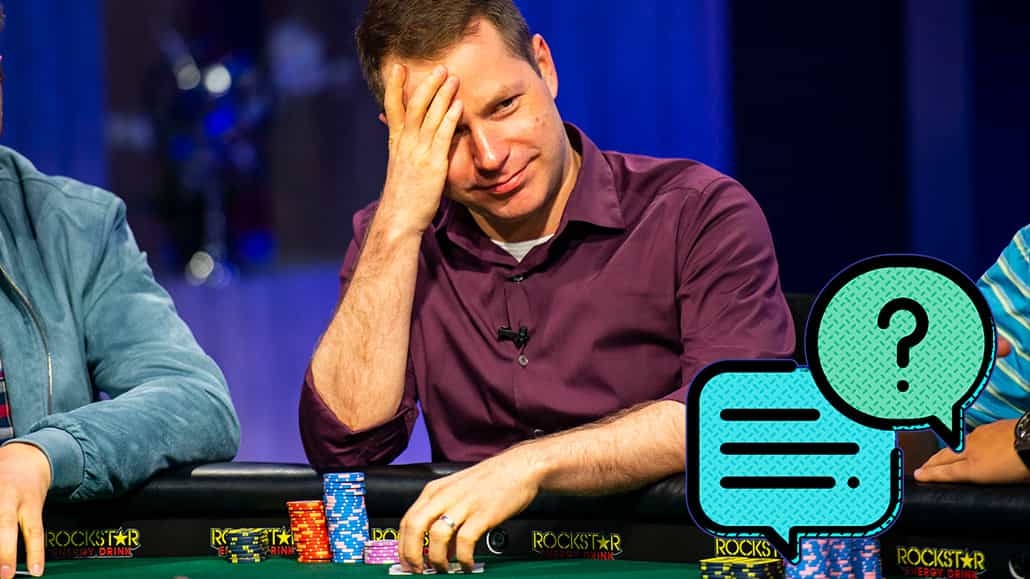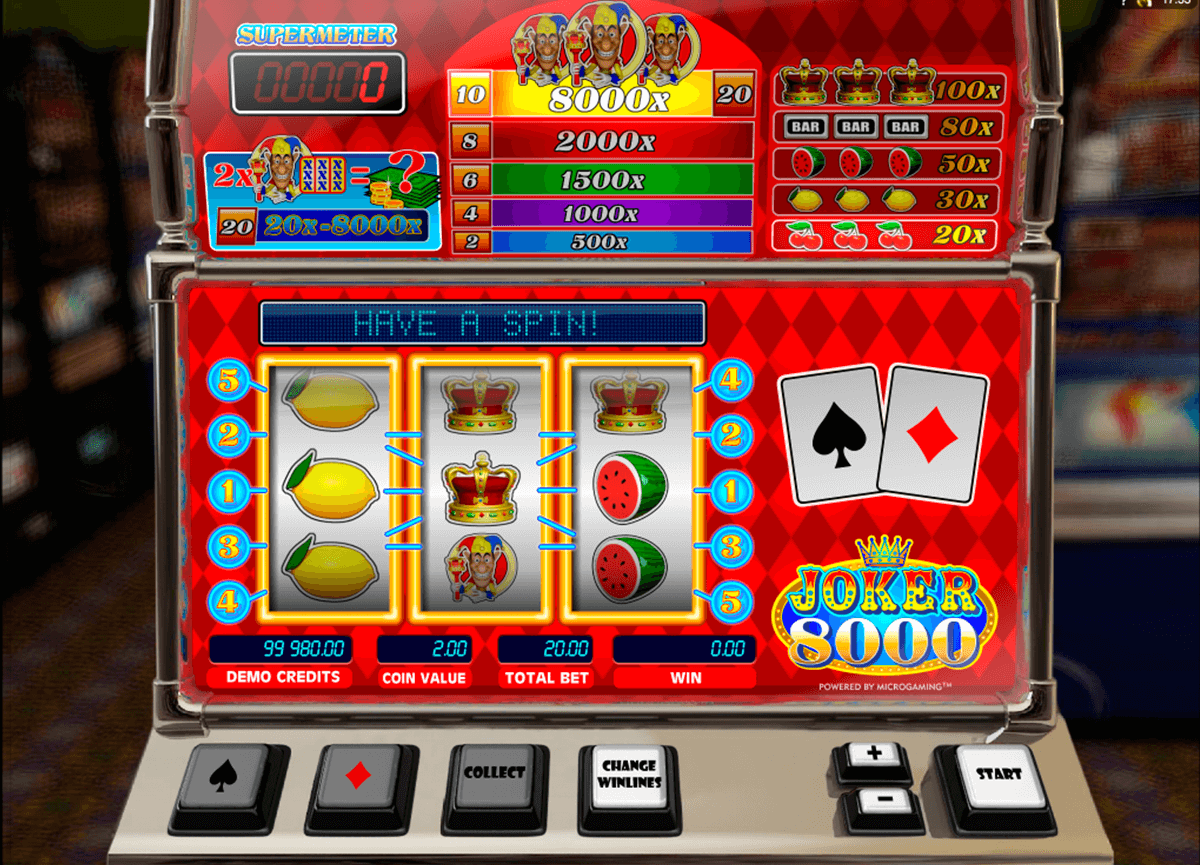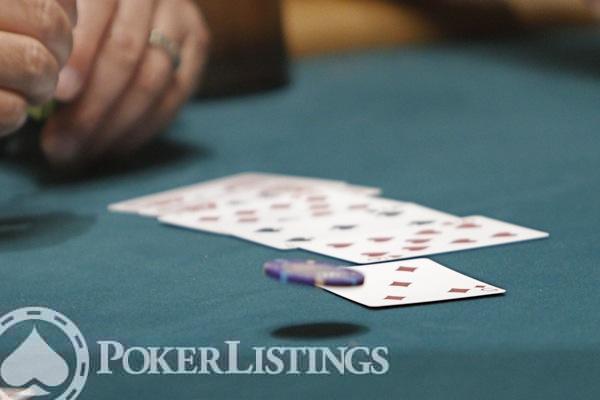Online Poker Micro Stakes Tips
- Online Poker Micro Stakes Tips For Beginners
- Online Poker Micro Stakes Tips Tricks
- Online Poker Micro Stakes Tips 1x2
- Online Poker Micro Stakes Tips Free
Micro stakes tournaments are filled with inexperienced and poor players. Recreational players abound, tossing their hat into the ring for some fun and cards. The massive fields and peculiarly wild plays that are the norm in the low buyin tournaments can be frustrating for the aspiring poker student.
Understanding that we will have to deal with navigating these large minefields, have some hands hold up, and be prepared with the mental and emotional fortitude to avoid tilting when bad things happen, how should we go about giving ourselves the best chance to take one of these tournaments down? In this series of articles we’re going to try preparing you for just that, by breaking down what we’re dealing with at various stages of the game and how to adjust your approach and strategy to give you the best chance to succeed. We’re going to start with the early stages of a micro stakes tournament, right from the first hand. Let’s talk about what we should expect, and then how to approach the field in light of those expectations.
The field will be full of weak and poor players. This isn’t news to you. But let’s break down a few types we can expect to see so we’re starting to put some definition to the madness.
Back when I first started playing cash game poker things were a lot different. The micro-stakes were basically like playing play money games and all you had. Nathan “BlackRain79” Williams is a poker pro with some of the highest winnings in online poker history at the micros. He is also a multiple time best selling poker author and writes about small stakes poker strategy on his blog: www.blackrain79.com. You usually see micro stakes associated with online poker games. Normal physical poker might set a minimum bet amount too, but they are a lot higher than you would find in online poker.
Home Online Poker Online Poker Strategy How to Beat the Micro Stakes SNGs From personal experience I can tell you that the micro stakes sngs can be tough to beat. They’re different than the. While poker still receives a fair amount of media exposure, it appears that, over time, online rooms have experienced a shift. Here are some online micro stakes poker tips to stay ahead of the trends. 1) Micro-stakes are more difficult. Is the curiosity waning? By now, there are more people leaving the game than new people entering.

Loose-Passive chasers
These types will call. A lot. They take flops with weak hands, but also tend to call with stronger hands. Just bear in mind their limping and calling along is more likely to be a weaker holding than a premium, simply because there are more weak hands that good ones. They love the thrill of hitting a big hand, it’s what motivates and drives them. That’s why they call your raise with 96s, and why they call your flop and turn bets with a gut shot. Once in a while, they spike that big hand, and oh the thrill! Beating up on this type of player is easy. Value bet them frequently. Value bet thinner than you might against other players. When they put in a big raise, dump all but your strongest holdings. This type isn’t much for bluffing. So when you’ve raised preflop then bet all 3 streets with AA on a run out of 57KT8 and suddenly they raise you on the river, just lay it down. They’ve got you.
Maniacs
Or just very loose-aggressive players. They both call and raise a lot. They bet with air, with bottom pair, and with big hands. They are constantly involved in pots, but not always with the goods. Unlike very skilled players who choose a loose-aggressive style, they are just sort of flailing around, often putting themselves in bad spots. We also want to value bet our strong hands relentlessly against this player type, but we can also call them down more with medium strength hands that perform well as bluff catchers, as we’ll catch this type bluffing more frequently than they should be.

Nits
These are tight players. They’re waiting for good starting hands, and not playing much at all as a result. They are loathe to put large chunks of their stack in the middle without a hand they consider to be a winner. And their tournament life? Forget about that being put at risk without a huge hand until they get very short stacked. As an aside, these players also are the type that fancy themselves as good players because they don’t play “bad hands” (but they’re not, they’re just another variety of losing player that loses more slowly than their splashy counterparts). These players are also easy to beat… they can be easily bluffed off of small pots when they don’t have much, and off bigger pots when the board runs out scary to them. When they want to put a lot of chips in the pot, it’s a good idea to get out of the way unless your hand is very strong.
Newbs
Inexperienced or newer players who don’t really know what they’re doing. They make decisions on whims that are hard for the student of the game to grasp because it leads them to doing things that don’t make good poker sense. They will usually make calling mistakes, but unlike the loose-passive stations, they may sometimes make raising mistakes overplaying hands because they don’t understand ranges, or folding mistakes because they get it in their head they’re beat without any form of critical analysis. It makes their play seem almost random at times, but it’s just a product of their lack of experience and skill sets. Simply playing a more straightforward, ABC style in pots against them works wonders.
In the early stages of these fields that are well saturated with all form of bad players, generally playing a more straightforward and conservative style works consistently well. That doesn’t mean become a nit and wait for premiums. But rather, start with reasonable ranges. Speculate cheaply when stacks are deep early on with holdings that can flop strong hands or draws. Raise your strong starting hands for value, and increase the sizing. I recently watched a training video where the coach raised 2.2x on 200bb effective stacks so he can “play a lot of hands and outplay his opponents post flop”. It turned my stomach. This is fine for world class players, or experts with a wealth of skill sets and experience to leverage their post flop advantages.
Online Poker Micro Stakes Tips For Beginners
It’s ludicrous to teach to inexperienced micro stakes students trying to learn the fundamentals. Might you look silly raising to 10x over a couple limpers on level 3 with a premium pair? I’d say, who cares? You’re trying to extract value, if they will give it why not take it? Just last night a player in a $100 tournament I played online limped in from UTG and called my 5x raise with 96s. In micros, they’re doing worse. Take advantage of it. Post flop, continue building pots with big hands. This means if you flop that set or that nut flush, don’t slow play, simply bet your hand.
Players in these weak fields most common mistake is calling too much. Start building the pot. Go for 3 streets. The weak garbage that will call you down will astound you. When you miss flops, be much less inclined to bluff at these early stages. It’s okay to just give up and let it go. You still have a zillion blinds to work with. In short, try to put chips in when you have the best of it, and stop putting them in when you have the worst of it, and you’ll not only survive these early stages more often but also start to build stacks more often as well, setting you up nicely for more middle stage action. We’ll touch on that in Part 2.
Join us on our Discord channel.
From personal experience I can tell you that the micro stakes sngs can be tough to beat. They’re different than the small to medium stakes. Players at the micro stakes don’t fold, dish out bad beats like it’s going out of style and the payouts are much smaller, making it harder for you to boost your bankroll and move up.
It’s frustrating.
But they are beatable, despite what you may think or what your friends have told you. I recommend reading my tips below and putting them into action right away. If you can do that, run good and stay sane in the process, I think you can make the jump to the small stakes before you know it.
10 Tips to Help You Beat the Micro Stakes Sit and Go’s
1. Play ABC (SNG) Poker
This is worn out advice, for sure. But it works. Stick to the fundamentals and you can’t go wrong.
Why?
Because your opponents don’t know or care about the fundamentals. And doing the opposite of what they’re doing is often a good strategy.
So what is ABC poker, at least in regards to sngs?
- Raise when you have a good hand
- Bet your good / made hands
- Fold your unmade / worse hands
- Shove or fold with 10 big blinds or less
- C-bet, bluff and steal blinds less often
- Don’t slow play
If you aren’t using ABC poker strategy, and make the switch now, I’m sure you’ll see a noticeable improvement in your wins, cashes and overall hourly rate.
2. Learn Push/Fold Strategy
Push / fold strategy is key to being a sit and go winner, regardless of the stakes you play. But many beginner and/or losing sng players don’t know what it is, why it’s important or they cannot get over the awkwardness or fear of shoving random hands.
So lets cover those points briefly.
Push/fold strategy is shoving all in or folding when you have 10 big blinds or less. You don’t raise or call, unless it’s a tactic to eventually go all in. The reason why we push or fold at 10 big blinds or less is because a) you don’t have enough room to actually play poker, and b) whenever you commit chips with 10 big blinds or less you’re committing a large portion of your stack. It’s a mistake to call or raise, then fold with so few chips and so much money in the pot relative to our stack.
So that’s the basic idea. To learn push/fold strategy you’ll want to pick up a tool like SNG Wizard. This takes your hand histories, figures out the ICM and helps you figure out what hands you should shove and when, based on stack sizes, your opponents’ ranges and more.
3. Abuse the Bubble
Abusing the bubble is a solid tactic in the micro stakes, because random players are really wanting to make the money. They’ve been playing for 30, 45, 60+ minutes, so they want to cash at all costs.
Constantly shoving over / into them is a great way to exploit that fear.
It comes with one caveat though — as I mentioned above, random/fishy players aren’t good at folding. So if a player calls you (light), you’ll want to keep that in mind for the future. That way you can adjust your range versus that player.

4. Don’t Continuation Bet Often

Because you have less fold equity at the micro stakes, I recommend not continuation betting very often. What will often happen is that you’ll c-bet the flop, the random player will call, and you’ll wonder what to do on the turn. You just end up spewing chips. So I recommend giving up more often than not if you miss the flop.
5. Raise Your Good Hands 4x-5x
A standard raise is between 2-3x, depending on the level. However, in the micro stakes you have little fold equity that you can get away with raising more with your good hands — like 4x-5x.
Don’t worry about your opponents catching on to your betting sizes — they’re not paying as much attention as you think.
6. Limp Small Pocket Pairs
I usually advise against limping your hands when you’re the first player in the pot. It’s nearly always better to raise, because you can build a pot, induce folds and so on.
However, at the micro stakes it makes more sense to limp your baby pocket pairs — 22s through 10s. This is ideal for a couple of reasons. One, many players will over limp, giving you multiple players to win money from if you hit your set. Two, it’s a small investment on your part if you’re re-raised and you have to fold. Three, since you can hardly c-bet, it doesn’t make any sense to raise and bloat the pot.
7. Don’t Isolate Too Often
I don’t raise too often to isolate limpers / weaker players in the micro stakes for the same reasons mentioned above.
For example, one mistake that I’ve made a few times is re-raising a hand like AJ or AQ from early position. I have the best hand often, but what ends up happening is that you get multiple callers after you that all have position on you. They bloat the pot, too, so you can’t c-bet without risking your stack. So it’s more cost effective to over-limp a hand like this from early position, and then just play the hand aggressively if you hit the flop.
Online Poker Micro Stakes Tips Tricks
8. Review Your Hands Often
Reviewing your hands often will give you the opportunity to see if you’re following my advice above. Are you shoving or folding with 10 big blinds? Are you getting out of hand with small pairs or AK? Do you play too much from the blinds? You’ll only know if you review.
Online Poker Micro Stakes Tips 1x2
9. Play Too Much in the Blinds
Online Poker Micro Stakes Tips Free
One leak that I had personally was playing too much from the blinds. I think I played from the blinds because I had a so-so hand and it was cheap to complete. The problem, however, is having a hand like K7s or A4o and catching a piece. You might have the best hand, but often times you won’t or will be outdrawn later. Being out of position makes the entire hand awkward, too. I recommend playing from the blinds only if you have a strong hand, or a suited connector or ace that you’re willing to fold even if you connect (think like weak pair or two pair).
10. Don’t Overplay AK or Pocket Pairs
Another mistake I see from beginners is that they will happily stack off with AK or their small pocket pair. The problem is that if you’re called (or you’re doing the calling), you’re usually a flip at best, and at worst, you’re crushed.
Sure, being a 51 or 56% favorite is still a favorite. It’s winning long term. But it’s a high variance play, meaning that you’ll see big swings in your favor and big swings not in your favor. Instead, you want to look for spots where you’re a 60, 70 or 80% favorite. That way the variance you experience (that many beginners cannot handle) are small, manageable and quick to get through.